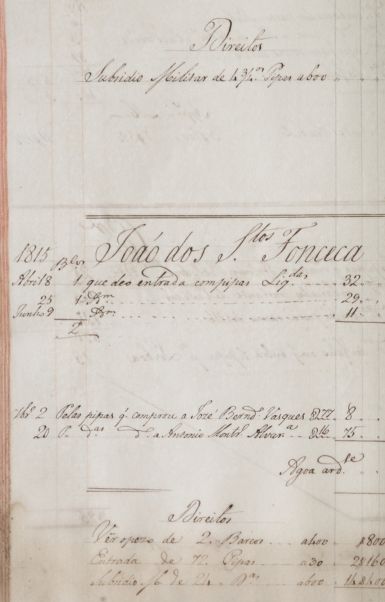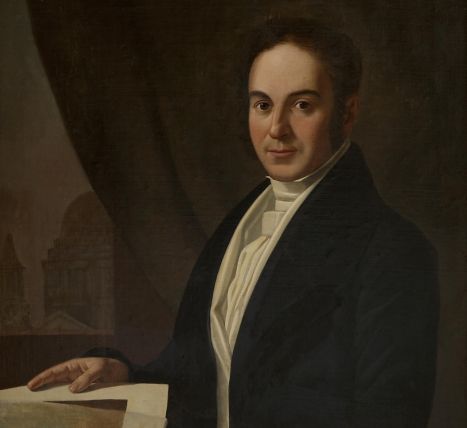-
Bottled Aged Port
-
Cellars - Gaia
Localizadas em caves com séculos de história, a Experiência Fonseca permite ao visitante conhecer a singularidade do vale do Douro, o papel que a Fonseca tem desempenhado na viticultura sustentável, e também aprender como é feito o vinho do Porto.
Quinta do PanascalA Quinta do Panascal disponibiliza uma visita educacional com contacto direto com as vinhas. Na sala de visitas pode desfrutar de uma bela paisagem e uma degustação comentada de vinhos de Porto.





















